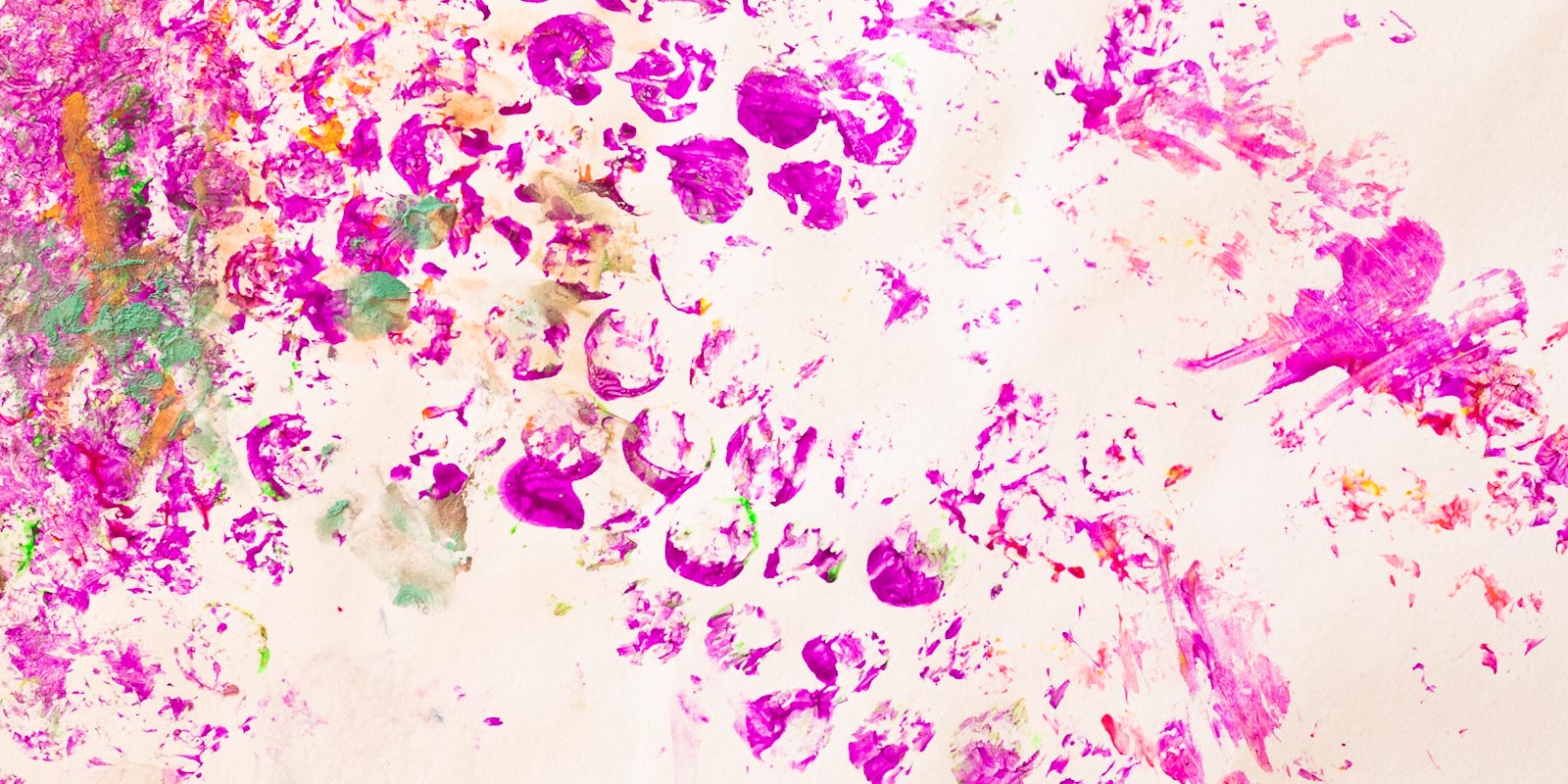
Printmaking is an easy and effective form of visual arts that is perfect for young children. However, it is not a commonly offered learning experience in early childhood education. The reason could be a lack of educator knowledge and confidence. Read further to discover creative ways to include printmaking in your program!
Printmaking involves transferring an image from one surface to another, butterfly prints and potato prints are very basic examples. Prints can be made using almost any natural material or processed material. A huge part of the fun is experimenting.
Children can experiment with printing by:
- using different objects to make prints
- layering colours and patterns
- creating textures with various materials
- exploring with different levels of pressure
- and comparing prints made from different surfaces.
EYLF learning outcomes
Printmaking aligns with the Early Years Learning Framework. Children can use a range of media (5.3) and materials (4.4). When children print designs they begin to understand how symbols and pattern systems work (5.4).
Printmaking is experimental and involves problem solving, inquiry, hypothesising, researching and investigating (4.2), commitment, enthusiasm, persistence, curiosity, imagination, creativity and confidence (4.1).
Learning experiences
Make monoprints
- Draw a picture using large blocks of colour on a sheet of aluminium foil with textas.
- Spray water onto the drawing.
- Take a monoprint of the watery ink by pressing a piece of paper on top of it.
- Remove the paper to see your completed artwork.
Make textured artworks
Find textured objects like corrugated cardboard, sponges, bubble wrap or bark. Apply paint to the textured surface before pressing it against a sheet of paper.
You can also try collagraphy. This is a printmaking technique where materials, like string or cardboard pieces, are fixed to a hard surface (like another piece of cardboard). Paint is then applied before it is pressed against a sheet of paper.
Make stencil prints
- Select a design or shape for the stencil and cut it out of cardboard or paper.
- Position the stencil on a surface to be printed.
- Use a sponge or brush to apply paint over the stencil.
- Lift the stencil to reveal the print.
Print with your fingers
Finger printing is a little like hand printing and finger painting. Children can apply paint to one or more fingers and use them to create dots on a piece of paper.
